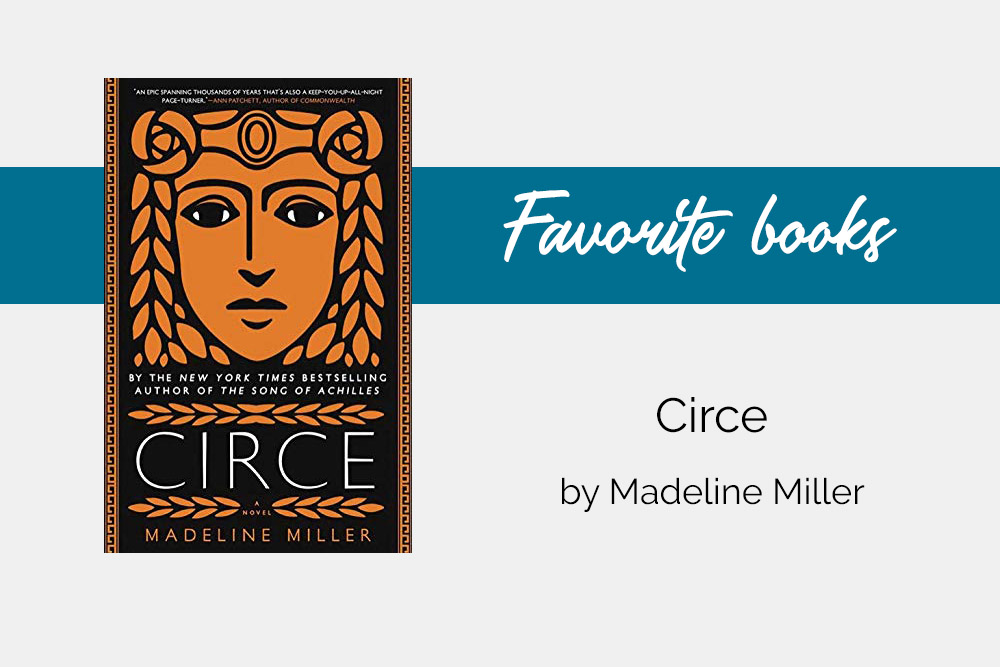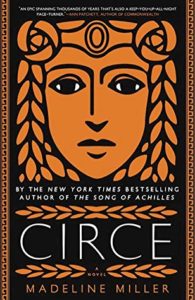The last great book I read: Circe
Circe
By Madeline Miller
Buy from Amazon
Published April 10th, 2018, by Little, Brown and Company
Someone asked me the other day, what was the last great book I read that I loved and recommend to everyone? My answer: Circe.
I read this back in April, which was six months ago, and I haven’t read a novel I would consider truly great since then. (Although This Tender Land will finally break that streak.)
I put off reading it for a long time because — I’ll be honest — mythology is not my thing. But I finally decided to give in to the hype, and I’m so glad I did.
Description from Amazon:
In the house of Helios, god of the sun and mightiest of the Titans, a daughter is born. But Circe is a strange child — not powerful, like her father, nor viciously alluring like her mother. Turning to the world of mortals for companionship, she discovers that she does possess power — the power of witchcraft, which can transform rivals into monsters and menace the gods themselves.
Threatened, Zeus banishes her to a deserted island, where she hones her occult craft, tames wild beasts and crosses paths with many of the most famous figures in all of mythology, including the Minotaur, Daedalus and his doomed son Icarus, the murderous Medea, and, of course, wily Odysseus.
Why I loved it:
This is a beautiful story of a woman claiming her power. The writing is absolutely gorgeous. It really made me think a lot about who tells the stories that we’re all familiar with. (Spoiler alert: men. Men tell the stories.) What does popular knowledge tell us about Circe? All we really know is that she’s a witch who is best known for turning Odysseus’s men into pigs and is therefore generally regarded as evil.
Miller, however, paints a very different portrait — that of a character who is maligned and mistreated since the day she’s born. After she’s banished to a deserted island, she does her best to carve out a meaningful life for herself, but then boatloads of men (literally) arrive and start messing it all up. When she does what she needs to do — out of self-preservation, out of vengeance — she is once again cast as the villain.
How many “witch” characters or other “evil” women are painted unfavorably because men have historically been the ones telling the stories? But Miller turns this narrative on its head, showing us that the voices of those who have been vilified can often reveal a very different perspective indeed.
Trigger warning: sexual assault, violence
Tags In
Karen Eisenbraun
Related Posts
Leave a Reply Cancel reply
Categories
- Books (13)
- Nutrition (1)
- Personal growth (9)
- Spirituality (2)
- Writing (2)









